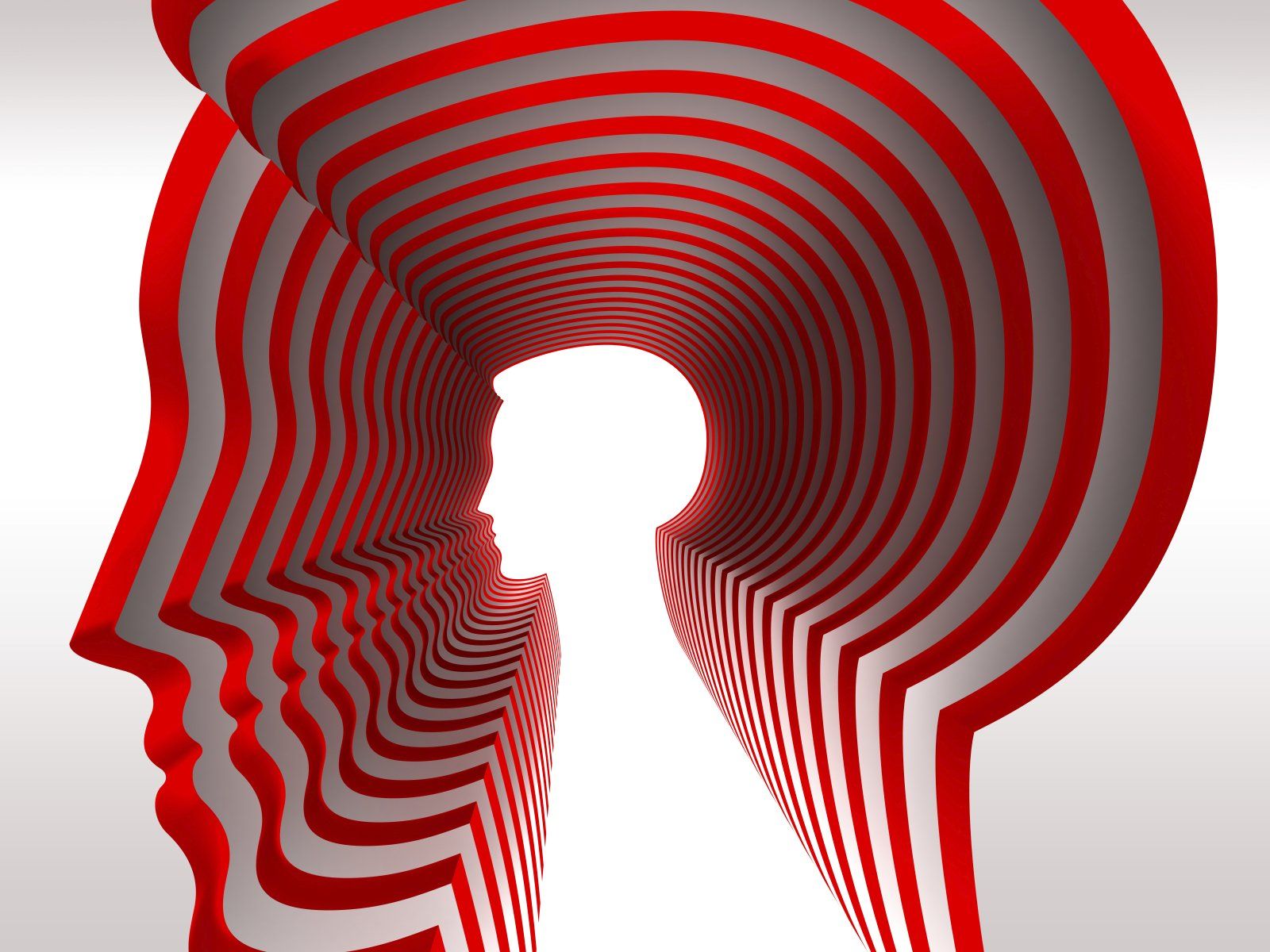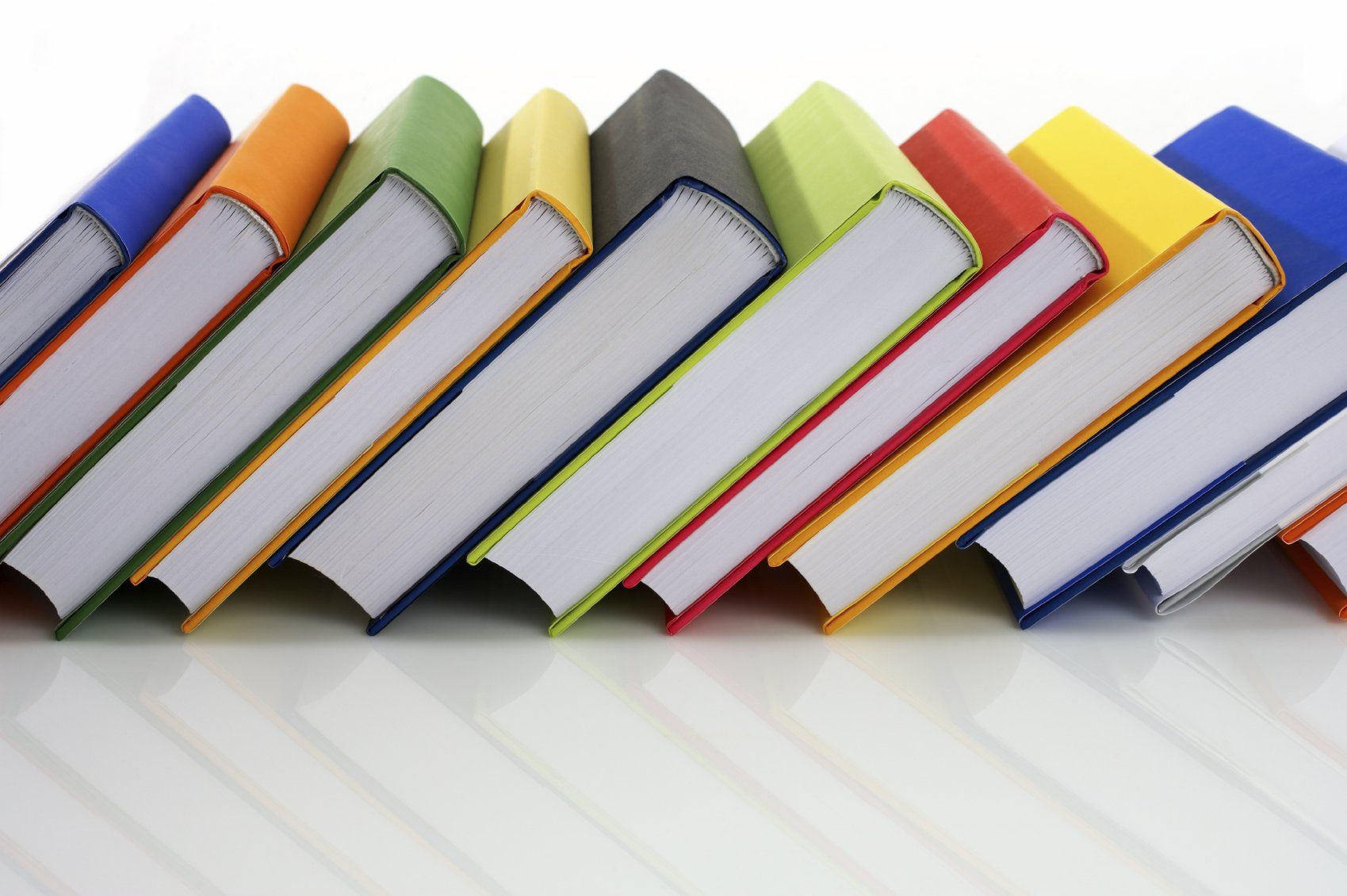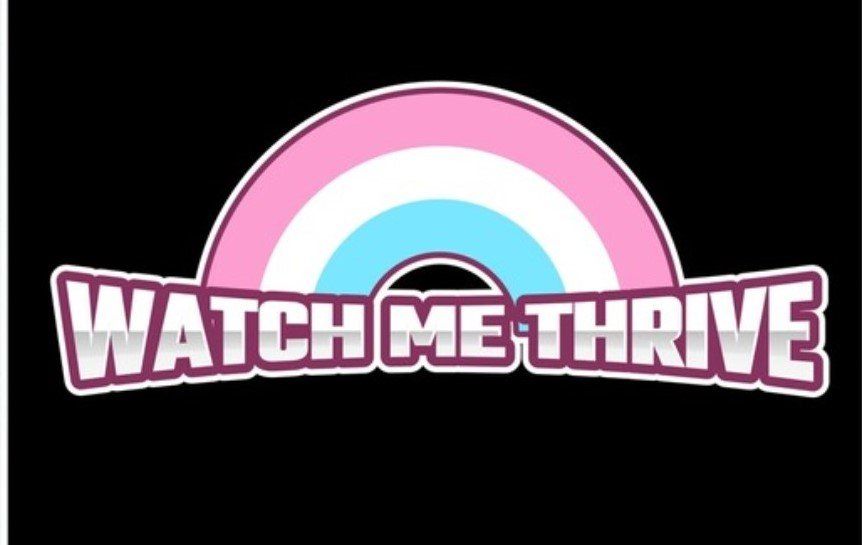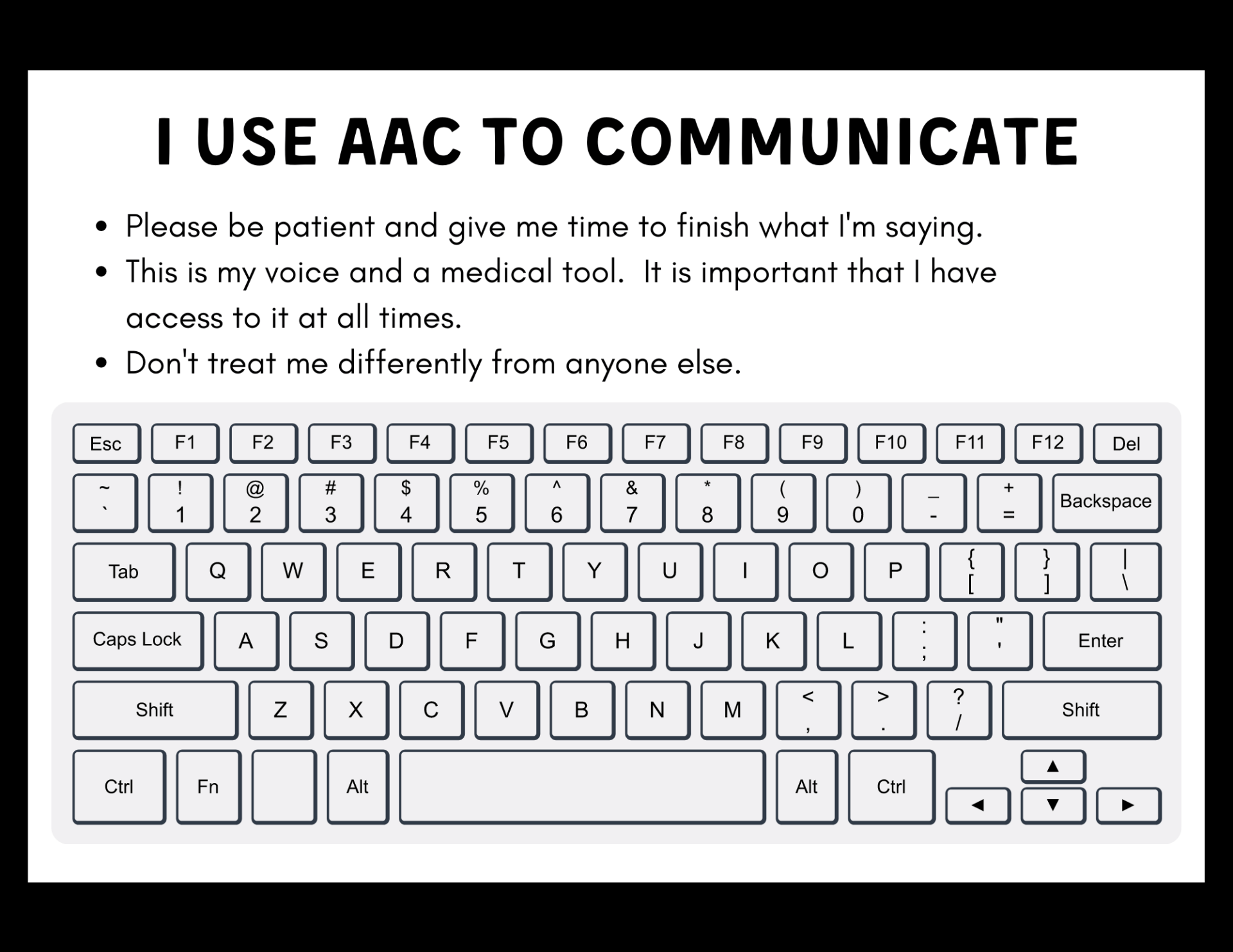It doesn't have to be THIS expensive
November 7, 2022
This is a collection of links to offer you support for medical costs.

Medication costs:
- Many medications have a brand name and a generic name. It's often possible to take a generic version of a medication and have the same therapeutic effect. Ask your provider if this is possible for your medications. You can check to see if there are generic alternatives here:
https://www.authorizedgenericmedicines.org/product-finder
- Many medications can be split in half. If this is possible for your medicine, ask your insurance to price the cost for the double strength pill. If it's less than twice the cost of the standard strength pill, you can have your doctor write for the stronger pill, split them yourself, and save money. This would look like: my dose is 50mg. My doctor orders 30 tabs of 100mg, and I pay for a 60 day supply, splitting the tabs.
- Check costs at alternative pharmacies. Sometimes our insurance plans prefer us to use a specific pharmacy, but even so it can occasionally be cheaper to use an alternative pharmacy or even to pay without using insurance. Check prices at
https://www.goodrx.com/search
- Use a discount card such as one from GoodRx or FamilyWize. Sometimes these cards can bring the prices lower than those the insurance can offer.
- Many medications have more expensive and less expensive similar medicines. These less expensive versions may require you to take more pills, or a combination of medications separately where the more expensive versions are once daily, or a combination of medications in one tablet. You can save money if you ask for the cheaper option.
- Learn more about the free or low cost medications available at your local chain pharmacies. These lists change regularly so search (and let me know if any of these links end up dead ends) but as of the date of this writing, you can get more info on the following:
- Meijer- https://www.meijer.com/services/pharmacy/free-prescriptions.html
- Walmart- https://www.walmart.com/cp/4-prescriptions/1078664
- Kroger- https://www.krogersc.com/drugs (must buy a membership for best discounts)
- Walgreens- https://www.walgreens.com/psc/prescription-savings-club (must sign up)
- Sam's Club-
https://www.samsclub.com/pharmacy/rxsavings (must be Sam's club member)
- Medications that are newer and do not have a generic form often have patient assistance programs to help people with insufficient insurance coverage to afford them. You can search for them by searching for "(name of your medicine)+ patient assistance program" or check the following links. Most programs will require you to show proof of income, such as the last year's tax return, and will need to be filed yearly.
- The Partnership for Prescription Assistance Medicine Assistance Tool: https://medicineassistancetool.org/
- RX Hope- https://www.rxhope.com/Patient/MedSearchHome.aspx
- RX Assist- https://www.rxassist.org/patients
- Needy Meds- https://www.needymeds.org/
- https://www.needymeds.org/local-programs provides a searchable database of groups and organizations who can help you fill out these forms
General Healthcare costs:
- Reimbursify is an app that will submit superbills and out of network claims to your insurance for reimbursement for a small per-claim fee. Make sure you're getting credit for every dollar you spend toward your deductible! https://reimbursify.com/filefast/
- This website walks you through a step-by-step on how to get a lower rate on medical bills. Some of this information is more applicable to things like hospital stays or ER visits (looking for errors on an itemized bill) rather than single service appointments like an office visit. Other advice like negotiating cost based on consumer knowledge sites like FAIRhealth are solid no matter what type of healtcare you're paying for. https://www.peoplekeep.com/blog/the-secret-to-negotiating-lower-medical-bills

When I first came out (the first time) in the 1990s, things were quite different. We were still in the middle of the HIV/AIDS epidemic, queer marriage and domestic partnerships were illegal in all US states, and significantly more than half the states had anti-sodomy laws. We, queers, hid and banded together for safety in spaces like the theater program at school. We spoke in coded phrases do avoid outing ourselves. I did not see people like myself reflected on television, in books. There would occasionally be a special interest news story about gay rights that I would secretly record (on a VHS tape) to watch at night when everyone else was in bed. I know that in 2020, things are not perfect- and even in many areas, they have not progressed far from how things were when I was growing up. But in many areas, with help from the internet and the passionate advocacy from those who came before us (Black Trans women, primarily), things have begun to improve. Teens and even children now understand that the way they feel inside is not shameful, not harmful, but a variation of normal. Parents don't attempt scientifically proven harmful "therapies" aimed at changing their children, but instead affirming their true nature. And in the face of these changes, youth are claiming their identities more than ever. In 2021, nearly 30% of LGBTQ youth aged 13-24 identified as transgender, nonbinary, or both. The Trevor Project (2021) https://www.thetrevorproject.org/wp-content/uploads/2021/07/Measuring-Youth-Sexual-Orientation-and-Gender-Identity.pdf For these same youth, 21% have sexual identities as something outside the identities of gay, lesbian or bisexual. Most people, even cisgender straight people, understand the concept of gay and lesbian. Many also have a firm grasp on the bisexual identity- attraction to two or more genders or genders that are the same and different from that of ones self. It is in this "something else" that many people who are not very familiar with the queer community begin to feel lost. Here is where we will examine these identities. The "long" acronym (LGBTQPIA2S+) includes letters for many portions of the community- but not all. Starting with these letters: T- Transgender: Transgender is an individual whose gender identity (internal gender concept) is different than their assigned gender at birth. This is an umbrella term that may include people who identify with terms such as "nonbinary" (gender identity outside of the male/female binary) "gender queer" (gender identity that is outside the traditional notions of gender- 'queering gender'), "gender fluid" (gender that fluctuates), "transsexual" (transgender person who seeks medical transition, can be seen as outdated term by some, but is preferred by others), "agender" (having no gender identity) and more. The opposite of transgender is cisgender- someone whose gender identity matches their gender assigned at birth. Q- Queer: For more information about Queer, see the asterisk (*) below. Queer is an umbrella term for the longer acronym. It is fully and totally inclusive of all of the community- all those whose gender and/or sexual identities fall outside the social standard. Questioning: This term is used to include people whose identities are not firm, "I don't know where I fall- If I'm straight or gay or something else." It's healthy to explore your identity and see what fits best. P- Pansexual: Pansexual is a term similar to Bisexual (bisexual is an umbrella term inclusive of pansexual). Pansexual is a more politicized term, with attraction being defined as "without respect to gender." I- Intersex: intersex individuals are those whose biology doesn't neatly fit into a male/female binary. This might be at the genetic level only, or expressed in a more visible way. This is a much more common condition than most people realize, 1/100- with around 1/5 of these receiving coercive surgery before they are able to consent. A- Asexual, Aromantic and Agender (agender was defined above, under transgender) Asexual- a lack of sexual attraction to any gender (not necessarily lack of libido or lack of sexual action). It's important to note that this is often mistaken for a medical or mental health concern. Aromantic- a lack of romantic attraction to any gender (lack of romantic desire) A note on "A for Ally"- A in the acronym does not and should not ever stand for "ally." While allies are an important part of advocacy and support for our community, they are not within the community. Asserting that A should stand for Ally eraces the identities that A does stand for, while simultaneously centering the feelings of cisgender, heterosexual individuals, who are claiming to be allied with us while causing us actual harm (by eracing us). 2S- Two Spirit- Many native american cultures identified a third gender, generally called by the modern Pan-Indian term Two-Spirit (or known by the appropriate term within each tribal nation's language). Although the diversity across these cultures is massive, the similarities remain- that these individuals were highly respected and afforded an important place in society until white missionary work sought to "normalize" gender identities. + The Plus stands for identities that aren't captured by the longer acronym. Polysexual Omnisexual Split attraction model: Sexual attraction- desire for sexual acts with a person or a group of people (a particular gender, for example) Romantic attraction- desire for romantic acts with a person or group of people Sensual attraction- the desire for tactile but non-sexual touch with a person (such as hugging, back rub) Aesthetic attraction- an appreciation of beauty or attractiveness of another, such as a work of art Emotional attraction- the desire to form an emotional bond with someone, to understand them better Platonic attraction- the desire to form a friendship Intellectual attraction- the desire to interact on an academic or thought-process level. "picking your brain." from https://lgbtq.unc.edu/resources/exploring-identities/asexuality-attraction-and-romantic-orientation/ *"queer" specifically used as a term of inclusion here, having been reclaimed several decades ago. the more recent (post 2000s) pushback against the reclamation began as part of an anti-transgender movement. Substitute for LGBTQPIA2S+ as preferred.








